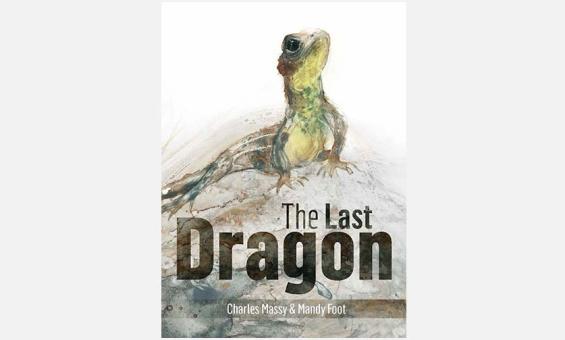Digital Classroom
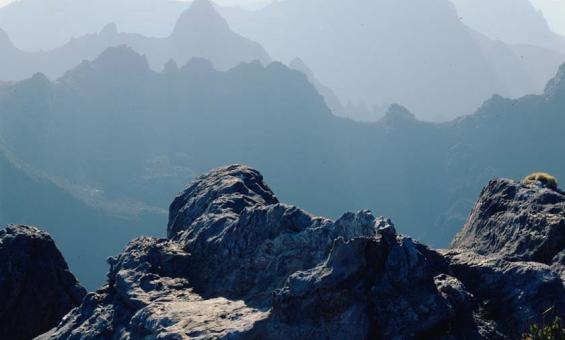
Dombrovskis, Peter, 1945-1996. (1995). Frankland Range, Southwest National Park, Tasmania, 1995 [transparency] / Peter Dombrovskis. nla.gov.au/nla.obj-150007802

Dombrovskis, Peter, 1945-1996. (1986). Spiderweb detail, Cradle Mountain, Cradle Mountain-Lake St Clair National Park, Tasmania, 1986? [transparency] / Peter Dombrovskis. nla.gov.au/nla.obj-151194004
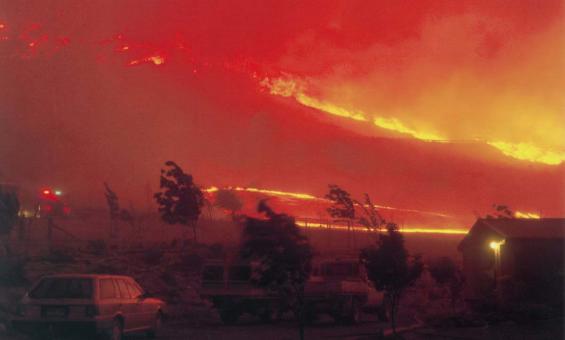
Cutting, Jeff, 1945-. (2003). Freshening north-westerly winds drove the Stockyard fire down Apollo Road onto Ballineen in the hour before midnight on 17th January 2003. [picture] / Jeff Cutting. nla.gov.au/nla.obj-149584789
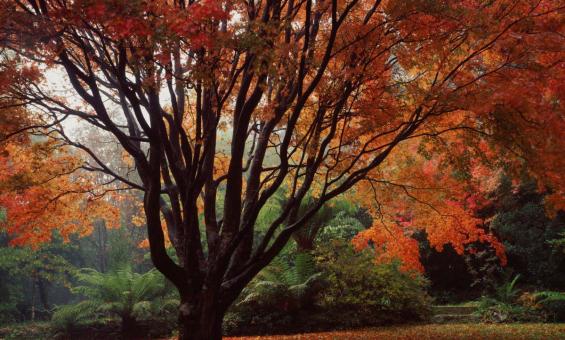
Dombrovskis, Peter, 1945-1996. (1993). Acer in autumn, Dombrovskis' garden, Fern Tree, Tasmania, 1993? [transparency] / Peter Dombrovskis. nla.gov.au/nla.obj-150387361
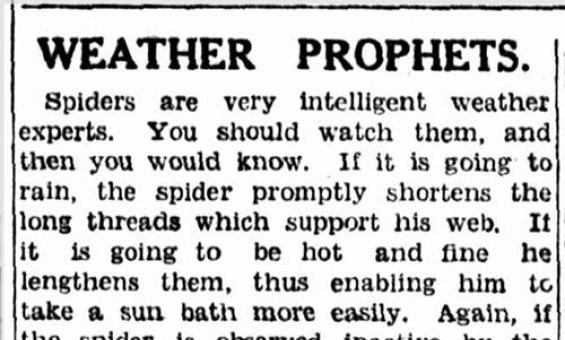
WEATHER PROPHETS. (1937, November 4). The Age (Melbourne, Vic. : 1854 - 1954), p. 17. nla.gov.au/nla.news-article205560442
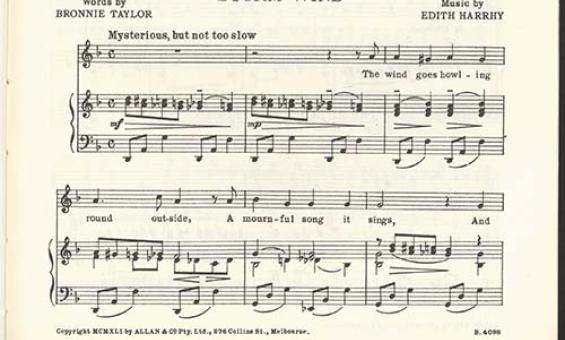
Edith Harrhy & Bronnie Taylor, Songs for young Australians [music] / words by Bronnie Taylor ; music by Edith Harrhy, 1941, nla.gov.au/nla.obj-175231656
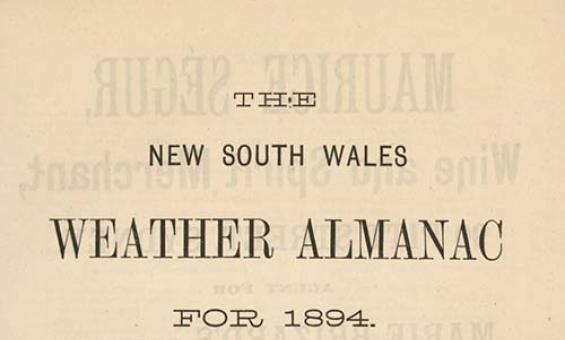
New South Wales weather almanac for ... : a general handbook for the year, 1894, nla.gov.au/nla.obj-406743496
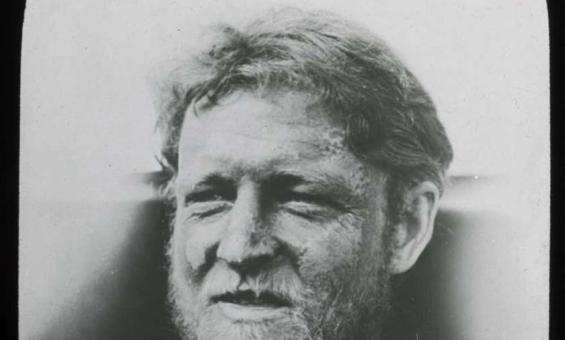
Frank Hurley, Madigan's frostbitten face, Adelie Land [Australasian Antarctic Expedition, 1911-1914], nla.gov.au/nla.obj-145067660
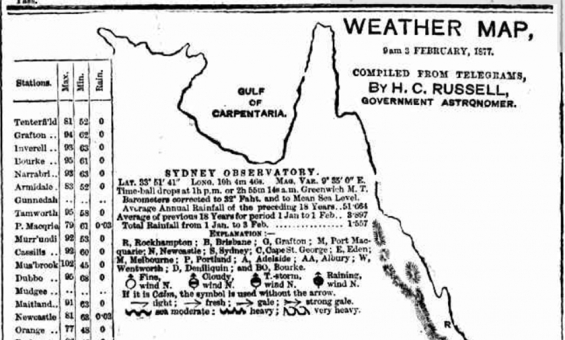
WEATHER MAP, 9 am 3 FEBRUARY, 1877. (1877, February 5). The Sydney Morning Herald (NSW : 1842 - 1954), p. 6. nla.gov.au/nla.news-article13389140

Norman B Tindale, Map showing the distribution of the Aboriginal tribes of Australia, 1940, nla.gov.au/nla.obj-230054338
